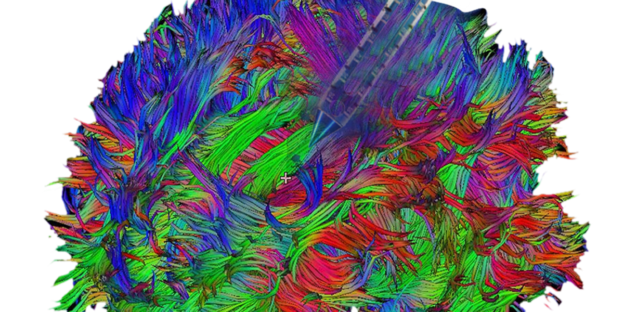Dr. Rao’s hospital offers minimally invasive keyhole surgery using a tubular retractor system that substantially lowers the risk of damaging eloquent tissue while removing deep-seated lesions. The procedure offers an advantage to selected patients with high-grade subcortical glioma, metastatic brain tumors, or vascular lesions.
“It is a precise approach. You go deep within the brain, because a minimal disturbance — it is like no one knew you were there,” says Dr. Mohana Rao Patibandla, a top best neurosurgeon in India at Dr. Rao’s hospital, Guntur, India. “Patients usually have less blood loss, less pain, less retraction injury, less hospital stay, less time to go work than they do with open surgery.”
Typically, the approach to deep-seated lesions involves a large craniotomy, extensive retractor blade cortical and subcortical retraction, and dissection — all contribute to collateral damage morbidity. “Another advantage of keyhole surgery is incision can be 2 inches long, unlike 10 to 15 inches in the open surgeries,” Dr. Rao says. “The craniotomy bone opening is a little bit larger or equal to a rupee coin, and we work within a tube with a diameter a little bit smaller than a quarter rupee coin.”
The tubular retractor spreads out white matter tracts of the brain, exposing the tumor and providing a small round channel for tumor dissection and removal. “Otherwise, Bladed retractors stretch the brain white matter tracts and often cut them, but the tubular retractor pushes the tracts aside and dissipates, and the tracts go to the previous position once we remove the tube,” Dr. Rao says.
Exoscopes will have a good magnification and excellent visualization compared to the microscopic technology and is highly useful in the minimally invasive procedures, is more ergonomic, and allows us to get light down into areas we could not before,” Dr. Rao says.
The Keyhole surgery takes about 3 hours, depending on the lesion’s location. Patients generally go home on the same or immediate next postoperative day. “Generally, patients who had open resection stay in the hospital for five or six days,” Dr. Rao notes.
Tubular retraction can be an effective tool for biopsying deep-seated lesions to guide chemo and radiotherapy when open surgical resection is inappropriate. Recent research states that a tubular retractor with exoscopic optics can safely resect deep-seated lesions to get adequate tissue for histopathological diagnosis and molecular genetics evaluation.
The researchers also noted that tubular retraction provides more tissue than stereotactic biopsy. “You can see the tumor up close. You know exactly what tissue you are removing,” Dr. Rao says.
These MIS techniques require a highly technologically demanding needs surgeon’s high level of expertise. “This procedure is highly technique using. Surgeons who do this must be skilled in MIS, endoscopic, and exoscopic,” Dr. Rao says.
“This surgery is done on the highest-risk patients,” he adds. “At Dr. Rao’s hospital, we’re committed to providing a minimally invasive procedure for this group.”
Looking for the best minimally invasive keyhole brain surgery using brain tubular retractor, advanced technology like neuronaviagation, neuromonitoring, SONOSTAR CUSA, exoscope, microscope and endoscope; Your choice is Dr Raos hospital, Guntur – the best neurosurgery hospital in India and Dr Rao is the best neurosurgeon in India as per evidence. Please contact us at 9010056444 or 9010057444.



